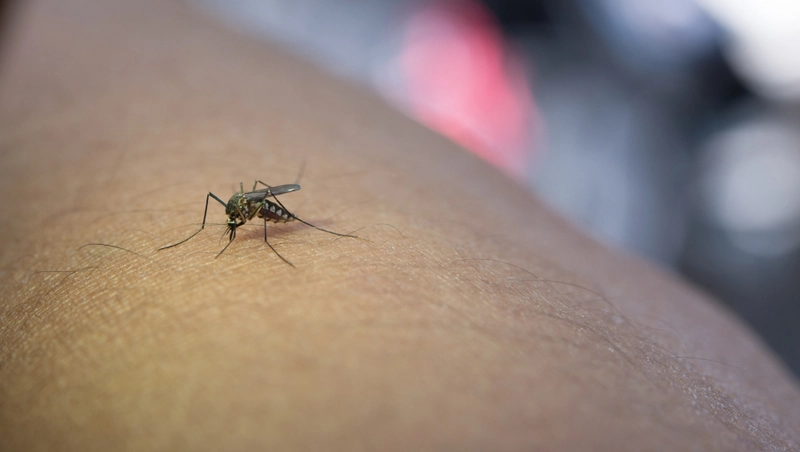- Published on: Nov 10, 2021
- 2 minute read
- By: Second Medic Expert
Understanding Hemogram
Understanding Hemogram
A hemogram can tell you a lot about your blood. For instance, red and white blood cells, as well as platelets (also called thrombocytes), will be counted and examined for size, shape, volume, and degree of organization. Specific factors that may affect these parameters include a total number of erythrocyte progenitor stem cells; RBC membrane stiffness; frequency of RBC production; distribution and frequency of phagocytosis (cellular breakdown); distribution and type of leukocytes (white blood cells) in circulation; vitamin deficiencies like folic acid or B12 deficiency. The number of toxic substances such as lead poisoning can also be analyzed from a hemogram.
Your hemoglobin levels should be high and your white cell count should be low. It's very important to have a blood test done when you're pregnant to make sure that you don't have any type of disease that the blood could transmit to the baby through the placenta, such as hepatitis B or C, HIV/AIDS, syphilis, or other diseases.
It's also important when giving birth if one is Rh-negative and hasn't been vaccinated against it (if they can't remember their past). If they were exposed in pregnancy and gave birth with an Rh-positive partner, there's a chance for their newborn baby to receive too many RBCs from mom and develop jaundice/anemia;
A hemogram is a blood test that measures the hematocrit, hemoglobin levels, and other substances in the blood (such as total protein and red blood cells). Hemograms can be differential or comprehensive. Comprehensive: performs a complete analysis of all forms of an organism's entire circulating cellular mass. Differential: analyzes two sources from one specimen- for example, plasma and white cells, platelets and red cells, prothrombin time combined with partial thromboplastin time (PTT), D-dimer level with complete lipid profile to provide a clear diagnosis of possible metabolic liver problems.
A blood count measures the number of each type of cell found in one cubic millimeter (1/10th of a teaspoon) or 500 microliters (a little less than half a cup) of whole blood. The numbers are reported as cells per cubic millimeter, so you need to know how many millions there are to divide by 10 to get the actual headcount. In this way, for example, someone under 20 could have 1.0x1012 neutrophils and have a CBC that says they have 10x109 neutrophils per cubic millimeter."
The blood count may reveal, for example, an abnormally high number of red blood cells (confirmatory diagnosis) or determinations made by routine inspection that are not obvious without the additional information present in the hemogram. A hemogram is typically conducted to investigate an abnormal indication on a CBC. For instance, if you have very low white counts and no cause for this can be determined using other lab tests like a peripheral smear or bone marrow biopsy, it's possible that your doctor will perform a complete hemogram. Most often abnormalities are seen on the CBC.
When you're involved in extreme sports like skateboarding, your chances of getting injured are much greater than if you're at the pool or sipping tea. Hematoma is a condition that usually arises from some form of blunt force or direct trauma-related injury to the muscles and/or bones due to the high blood vessels around those areas. This injury can cause swelling which creates pressure on these vessels causing red blood cells to either leak into the soft tissue, tissues fluids, or even lead to a blocked flow of fresh oxygenated blood through these vessels if not treated promptly with an incision.
A hematocrit test analyzes the volume of red blood cells in one cubic millimeter of blood. Red blood cells contain hemoglobin, which carries oxygen and carbon dioxide to and from tissues and organs. The more severely an individual is afflicted with anemia, the lower the percentage of red blood cells they would have in one cubic millimeter of their own cardiac tissue.
If you endure a deep cut on your arm, your body will release stress hormones such as cortisol or epinephrine that prepare your immune system for increased levels of intense activity. These types of stress hormones also trigger a large release of iron from storage sites on red blood cells so that enough iron is available to help form new erythrocytes.
A haemogram is a study of the cellular inclusions in one's blood based on their shape, color, size, and specific gene expression. This process involves pumping a person's blood through a machine (this machine includes some spinning disks that separate out each type of cell for study). However, this test is not commonly done. Instead, analysis is usually limited to basic counts of red and white blood cells as well as platelets.
Our Services
Request A Callback
Recent Posts
Mosquito-Borne Diseases to Watch Out for in 2025
Jul 16,2025
Lipid Profile Test – Normal Range and Risks
Jul 12,2025
How to Prevent Food Poisoning in Monsoon
Jul 10,2025










